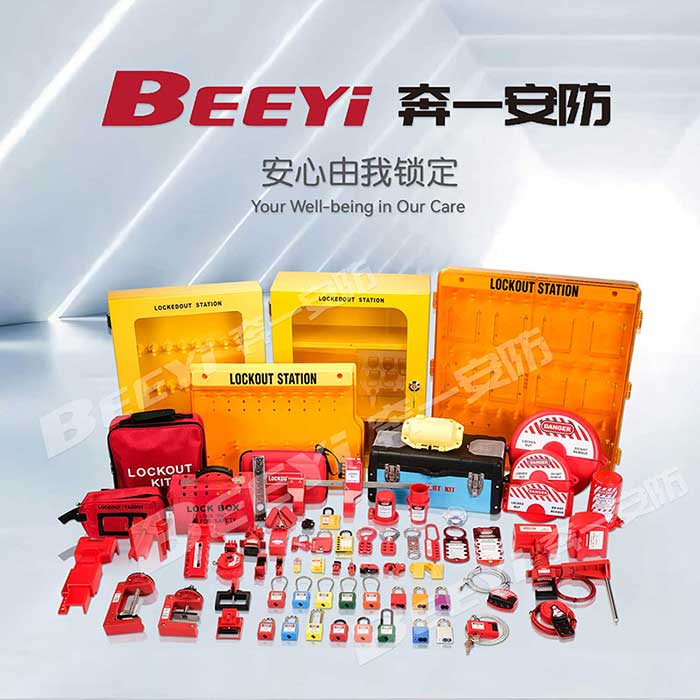Lock out equipment plays a pivotal role in workplace safety, particularly in industries where machinery, electrical equipment, and hazardous systems are prevalent. The use of lockout/tagout (LOTO) procedures is a standard practice that ensures the protection of workers during maintenance and repair tasks. This safety mechanism is designed to prevent the accidental release of hazardous energy or the unintended startup of machinery while workers are performing repairs or maintenance. Understanding the importance and types of lock out equipment is crucial in preventing workplace accidents and ensuring the health and safety of employees.

What is Lock Out Equipment? Lock out equipment refers to the devices used to isolate energy sources and prevent machines or equipment from being activated while maintenance work is being performed. The main objective of this equipment is to provide a physical barrier that stops the flow of energy—whether mechanical, electrical, hydraulic, or pneumatic—into the system that could otherwise cause harm. Lock out equipment includes lockout devices such as locks, tags, and hasps, as well as specific tools designed to physically isolate or shut off a piece of machinery. The lockout process involves placing a lock or tag on an energy-isolating device—such as a circuit breaker, valve handle, or power switch—so that it cannot be inadvertently operated. This helps to ensure that the machinery is effectively neutralized and cannot be activated until the work is complete and it is safe to do so.